4 brilliant, boundary-breaking historical trans icons I wish I’d learned about in school
(PinkNews)
Charlie Middleton, ambassador for the LGBT+ young people’s charity Just Like Us, writes about the historical trans icons missing from schoolbooks.
Allyship is an important aspect of how LGBT+ history has progressed over time.
Supporting friends, family and those we love can take place in many ways. Small actions can make a huge difference, whether that be using the correct pronouns or supporting LGBT+ charities such as Just Like Us.
Allyship also includes letting young people in schools know that who they are isn’t a problem, an anomaly or something that’s never existed before in our history.
As a young trans person, places where I’m safe to be me have been far and few between while growing up. Unfortunately, school wasn’t one of them and still often isn’t for many trans young people.
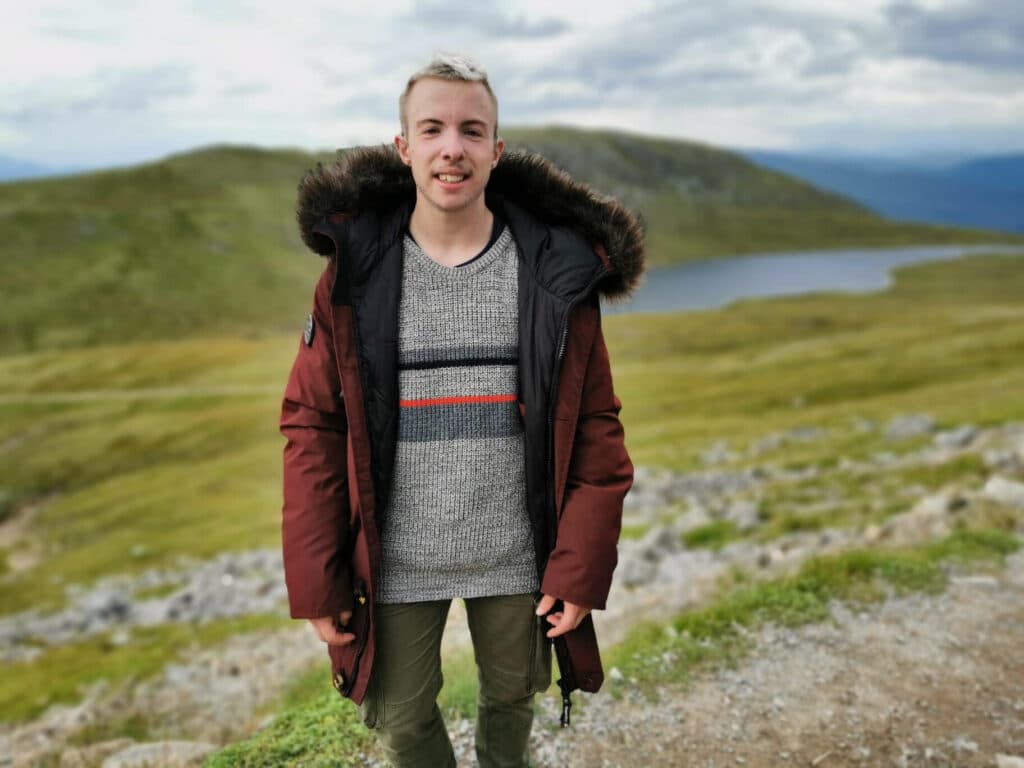
Just Like Us ambassador Charlie Middleton (Just Like Us)
In fact, half of secondary school pupils have had little to zero positive messaging about being LGBT+ in the past year, a Just Like Us report found.
It’s not surprising then that only 58% of LGBT+ pupils have felt safe at school on a daily basis, compared to 73% of non-LGBT+ pupils. When you don’t learn about LGBT+ history nor hear that it’s OK to be LGBT+, you are left feeling that there is something wrong with who you are.
Having little to no education about trans people’s existence, let alone historical trans people, meant I only realised I was trans well into my late teenage years.
Navigating everyday life with no idea about why I felt the way that I did took a toll on my mental health and I really believe this is something no trans young person should ever have to go through. People around me were incredibly bitter about me identifying with any part of the LGBT+ community as a young person, and this struggle went on for quite a few years.
The thought of forever being unsupported, unloved and all the negative emotions I felt at the time really lingered throughout my time at school.
Trans people have of course existed throughout history and have gotten us to where we are today. We have more rights, safe spaces, shared understanding and positive representation all thanks to those who have come before us.
However, this is not the same for everywhere in the world and this highlights the importance of LGBT+ inclusive education.
What I would’ve found really useful during my time at school was learning about trans people throughout history. Thirteen-year-old me would’ve really loved this during history classes, assemblies or form time – I would’ve realised that who I am is something to be celebrated.
So here are four trans icons who have made history and I wish I’d known about while I was at school and struggling to understand what I was going through.
Catalina de Erauso
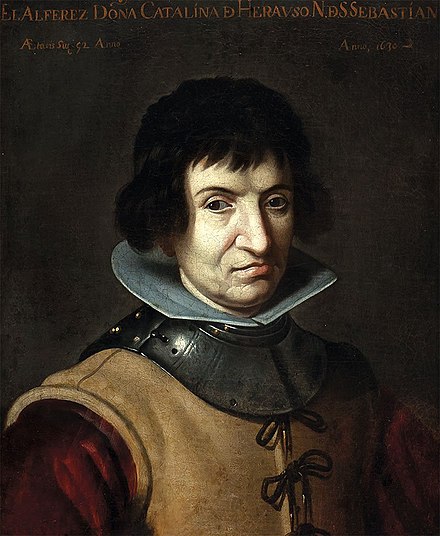
Portrait of Catalina de Erauso (Wikipedia)
Catalina de Erauso was a Spanish nun born in the 16th century who presented in a very masculine or gender-non-conforming way and some have raised the question about whether they might be transgender.
Erauso would often change their name to masculine-presenting names, dressed in stereotypically masculine clothes and often received negative attention from other nuns that they lived with.
They were ridiculed wherever they went, which I can relate to as a young person.
Historians still debate however whether Erauso was masculine-presenting, a lesbian or transgender, especially as the language we have today is very different to back then.
Regardless of the exact label, Catalina de Erauso is a figure that I would have loved to learn about.
Marsha P Johnson
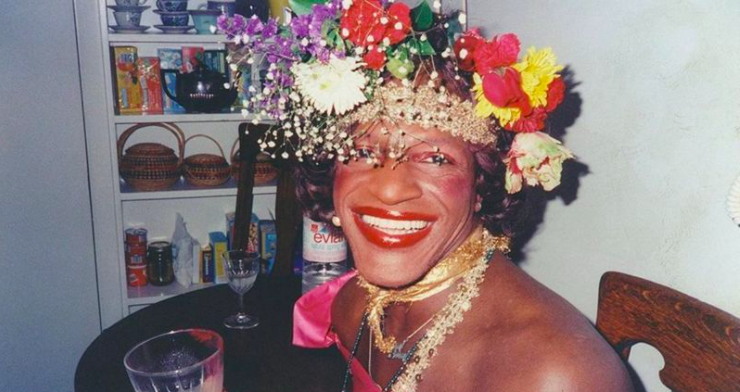
Marsha P Johnson. (Netflix)
Many historical figures have appeared throughout the timeline of gaining rights for trans people. One of the most well-known examples is Marsha P Johnson. Marsha P Johnson.
Marsha was a person of colour and self-described drag queen who used a number of labels, including “gay” and “transvestite”.
Johnson was heavily involved in activism and the beginning of the Stonewall Riots, recognising the inequalities people face, not only as a gender non-conforming person in America but as a person of colour too, showing the importance of intersectionality.
Over the years, Marsha regularly participated in gay Pride rallies, attended the Stonewall Inn and provided a safe shelter for homeless young LGBT+ people.
Alan L Hart
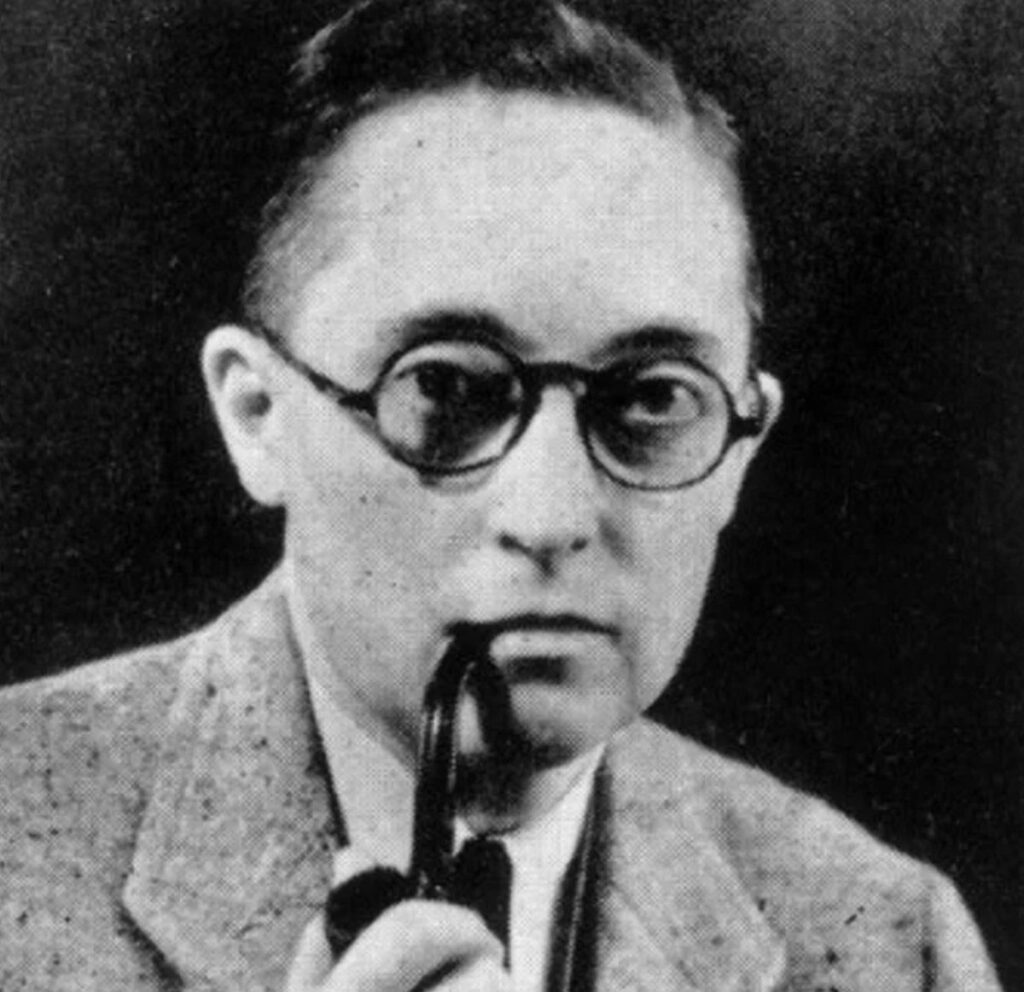
American physician, radiologist, tuberculosis researcher Alan L. Hart (Wikipedia)
Alan L Hart is a trans figure who made history during the First World War.
He was one of the first to undergo some medical transitions which involved gender affirming surgeries in 1917, and a few years later had hormone replacement therapy (testosterone).
Alan was involved in science in his career as a physician and had a key role in tuberculosis screening. I feel as though he is someone I can really connect with because of my passion for science too.
Roberta Cowell
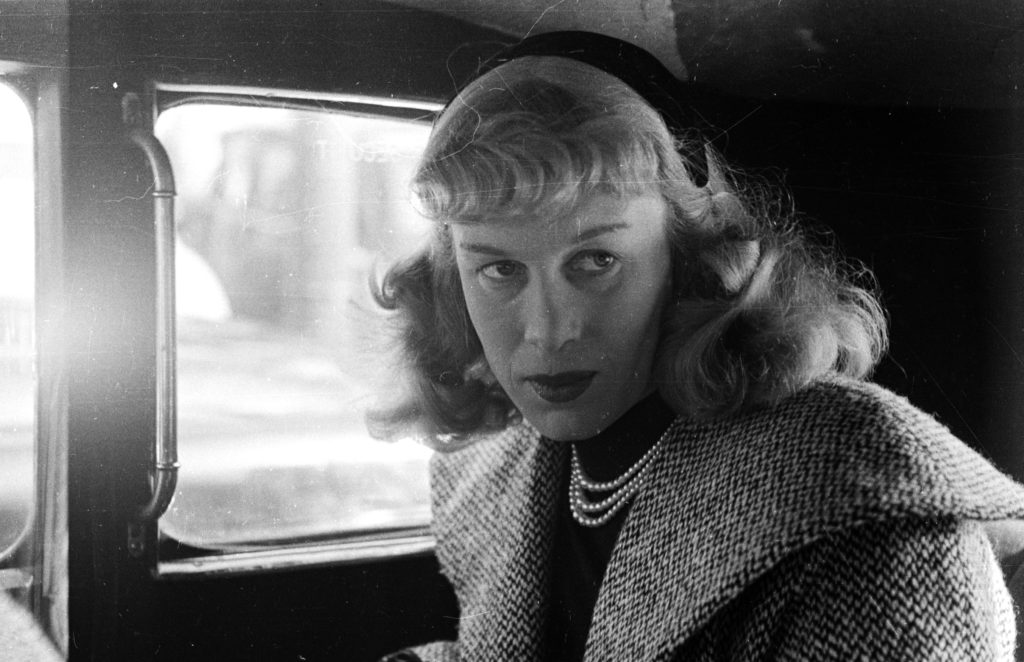
Roberta Cowell was a Spitfire pilot and a racing driver. (Getty)
Another historical figure was Roberta Cowell, who was the first known British transgender woman to have gender affirming surgery.
She was a unique figure as she participated in sports car racing and sports that at the time were seen to be traditionally masculine. Roberta really shows that gender does not have to act in a particular way and that trans people can participate in things that don’t necessarily associate with the gender they identify with.
This LGBT+ History Month, be an ally to the next generation
LGBT+ History Month is a time to remember those who have fought for our equality and stand together and move forward to create a better future for younger generations.
One of the things I enjoy doing during this time is spending time with those who are supportive and take time to see me as the same person before I started my transition. I feel incredibly lucky to have great friends and family who understand my challenges as a trans man.
Over the years of finding my identity, it finally feels amazing to have built up such a strong support network of positive individuals.
An important thing to remember is that for those people who disrespect your identity or sexuality, there will always be a much larger proportion of people who support you.
It’s about finding people you connect with and don’t try to erase how you identify. This doesn’t have to be blood relatives, it can be building up your support system with friends and people you trust.
This is one of the reasons that Just Like Us, the LGBT+ young people’s charity, is super important to me.
We are a coalition of amazing volunteers and workers who are helping to erase anti-LGBT+ bullying and increase understanding of allyship and our LGBT+ history by doing school talks, School Diversity Week and their Pride Groups programme, which all help LGBT+ young people to feel safe and welcome in school.

